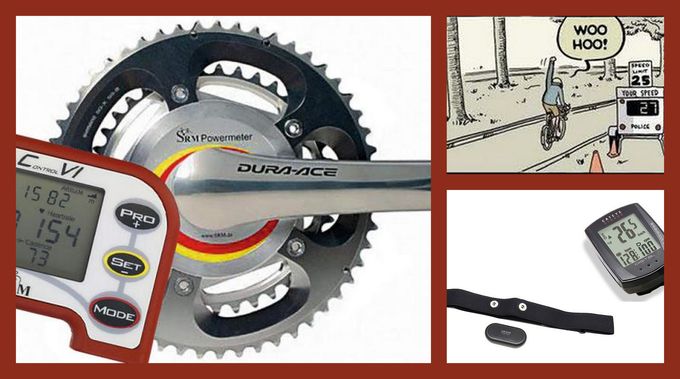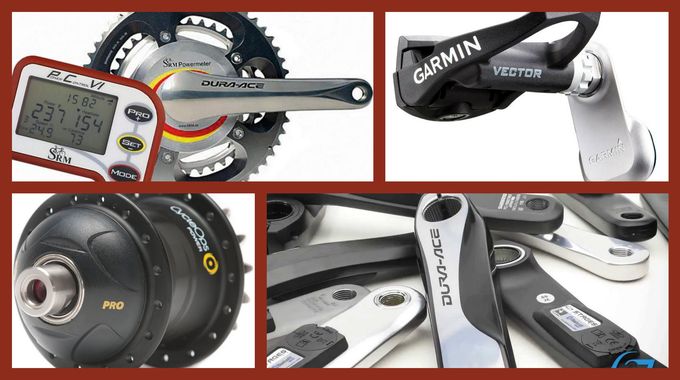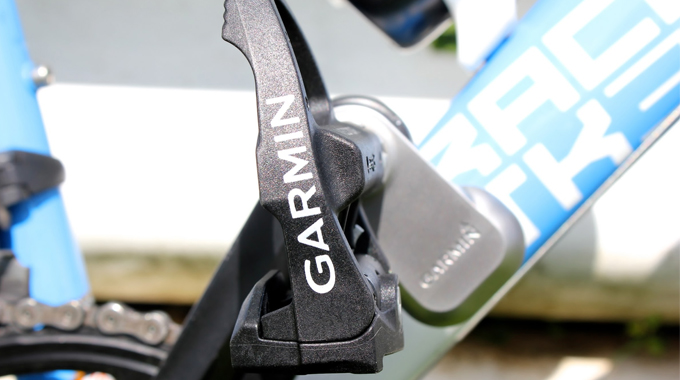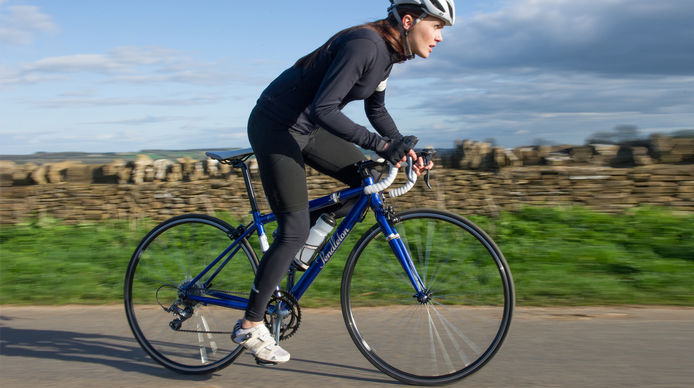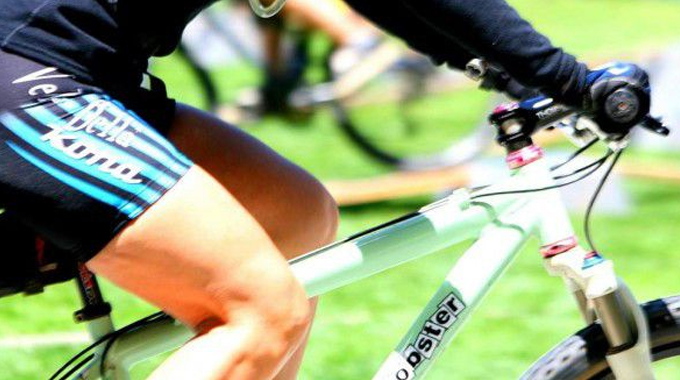Sessions for power meters

The sorts of sessions that will suit your training depends upon your goals – here are a few examples for you to have a go at:
ACTIVE RECOVERY
Your power meter isn’t just helpful for making sure you go hard enough in your training – it is also there to make sure that when you go for easy rides, you are taking it easy. A 1-2 hour ride in Zone 1-2 will have you prepped for a good training session the following day.
ENDURANCE
A popular method of periodizing training is to rack up the ‘base miles’ in the off season, and then build speed sessions in as races draw closer. Base miles build up your endurance, and offer you the chance to think about form as you ride fairly gently. These rides will be longer than your longest planned race, perhaps 3-4 hours.
TEMPO RIDES
This is the kind of rate that feels ‘quite hard’, but doesn’t push your body to the point it will make adaptations. This sort of ride is useful for encouraging your body to burn fat, and a 60 minute fasted ride in this zone could yield these results, but if you’re short on time, it’s not the most useful pace to ride at.
LACTATE THRESHOLD
If you’re training for time trials, or hope to break away in a road race, and stay away – this is your zone!
Training intervals in this zone are generally 12-20 minutes long – the aim is to ride just above what you could sustain in a race, to encourage your body to adapt, so eventually you can sustain it in a race.
A great session, for example, would be a 15 minute warm up, and then two twenty minute efforts, with five to ten minutes in between and a cool down at the end.
VO2 MAX
Working in zone 5, you will definitely feel the burn in your legs and lungs. These sorts of intervals can be held for three to eight minutes, and should feel very hard. Over time they’ll improve your ability to push over short durations, and the added strength will boost your FTP, too.
Sessions could include five sets of three minute intervals, with five minute recoveries, or an pyramid of three, four, five, four, three minute efforts, again with five minute recovery intervals.
Make sure you warm up and cool down after these, and have an easy ride the following day.
ANAEROBIC CAPACITY
These intervals are well under a minute long, and all about top end speed and power. If you want to win a sprint, these are for you!
Training in this zone can hurt a lot, but it can be pretty fun, too! Try going out for a spin in zone two, and then sprinting for 20 seconds every time you see a post box, red car (you will be surprised how many there are!) or other regular landmark.
